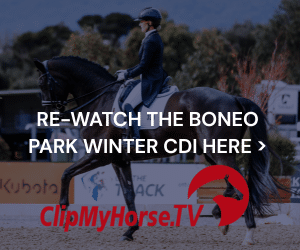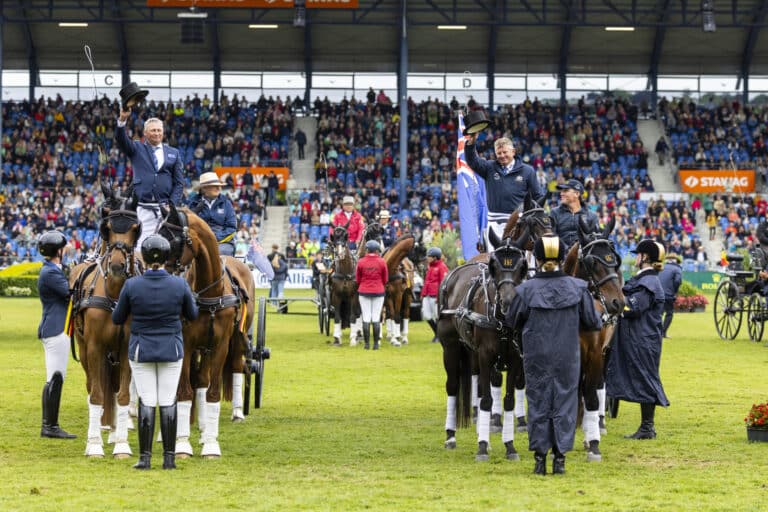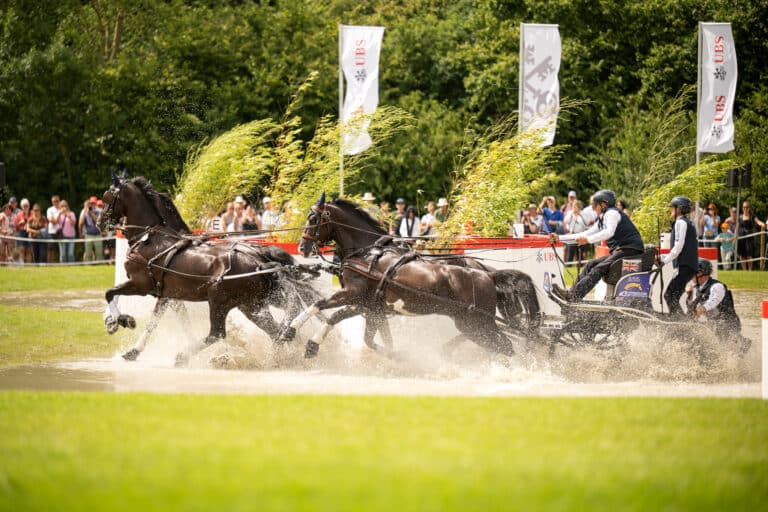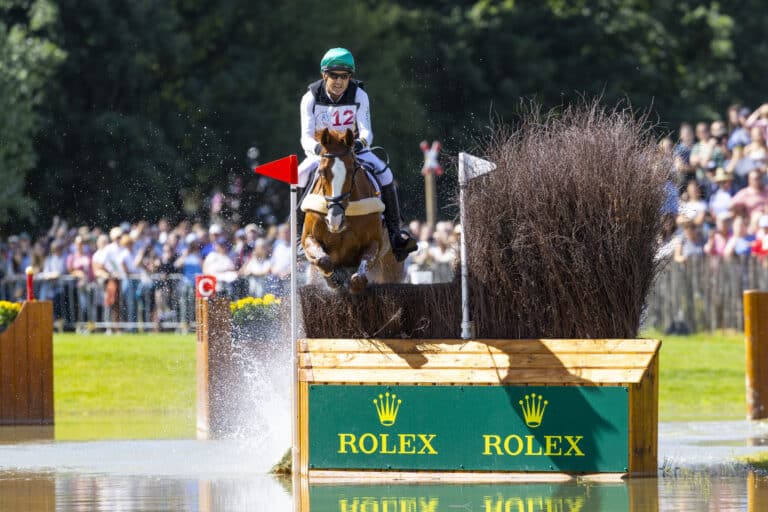Rider Fitness with Tiffany Henwood
week 8
Using correct form or technique during exercise is particularly important and more often than no the most over looked part of our training. Many debate that it is more important to just get moving….correct form can be sacrificed, ignored, put off or just out right disregarded. In the end repetitive poor form will lead to injury, decreased performance and will prevent optimum power strength and agility. In some cases poor form, especially where load is added, can cause irreversible damage like disc or vertebrae injury, not to mention the nagging muscle, tendon and ligament injuries.
Being strict about your form can be time consuming, repetitive and requires patience and perseverance. The long term achievements will by far out way the short term inconvenience. So for now the mirror will become your best friend…. if it isn’t already.. watching your form in a mirror is hugely advantageous. Positioning yourself facing a mirror as well as side on to notice when and where you weakness and lack of form occur. Even if you feel you have good form it never hurts to take the time to check and be sure your still on track.
When you begin with fitness training it is important to employ the services of a skilled trainer to teach you correct form for all the big basics, these you will probably at some point be doing on your own. Then again to learn new and more difficult movements. Watching and learning from friends may seem an economical and simple way to go but so often ends up encouraging short cuts and repetitive poor form and ultimately injury or lack of improvement. Even if you are a gym veteran it is vital to organize some time with a professional to keep you on track.
To give you a place to start and perhaps inspire you to seek the advice of a Personal Trainer, we will talk about good form for the 2 big basics.
SQUATS
Over your time training this is without doubt the exercise you will do most. There are so many variations and inclusions for squat so getting the basics down pat are vital.
- begin standing with your feet shoulder width or slightly wider, toes facing forward or slightly turned out, hold your arms out in front at shoulder height
- to begin the squat you need to break at the hips, hinging your hips backwards as if to sit on a chair, in general knees do not go beyond toes
- keep your focus and your shoulders up, feeling length in your spine..stick your butt out … it is recommended to squat till the top of the thighs is parallel to the floor
- the depth for squats takes time so don’t push this in the beginning, gradually progess to a deeper squat
- DO NOT LET YOUR HEELS LIFT, watch the tracking of your knees, no chicken knees coming in together, no wobbling out or deviating from a strong straight line, do not allow your ankles to over pronate or roll inwards – until you can achieve this its really not worth adding any weight or dynamic movement
- once correct form becomes a subconscious act it is safe to begin adding some weight, Dum Bells, Bar Bell or Squat variations
- to help you in the beginning you can place a SB in the small of your back, pressed against a wall and roll down the wall keeping enough pressure on the ball to not let it fall, this will keep you stable, so you can focus on all the other cues for correct form
The squat is important because of it functionality and similarity to athletic movements, squats are a safe exercise when guidelines are followed and the individual has no prior injury history. Squats are large muscle mass exercises with great potential to burn calories and produce lean muscle mass as there are a high number of muscles involved, focused on the lower body and back.
LUNGES
Lunges are the squats twin brother and another highly used and hugely varied exercise. Best place to start is a standing forward lunge.
- standing with your feet comfortably apart facing the mirror
- lengthen your neck and keep your shoulders flat concentrate on activating core muscles
- step forward with one of your legs, approximately 2-2.5 feet. not a tiny step but not a huge one either
- bending at both knees, the fore leg knee bent in front and the hind knee bending towards the floor
- when coming forward the majority of body weight should be equally distributed over your whole leading leg, not heel or toe heavy
- leading knee should track over the ankle and the rear knee should remain in alignment with the rear ankle
- descend forward as deeply as your range of motion will allow until your rear knee reaches a 90 degree angle or your feeling moderate tension in your rear hip from stretching
- maintain good posture , resist leaning forward at hips or waist, keep your focus and shoulders up
- it is often harped on that you should not allow your knee to go further foward than your toe, as a general rule this applies, but at some point in certain exercises you kne will exceed your toe. For know though do not allow your knee beyond your toes.

There are so many variations of lunges forward, reverse, lateral, walking, twisting, weighted … the list goes on. It is a foundational movement like the squat. In essence it involves split stance strength training designed to build strength and stability in a around the ankle, knee and hip joints as well as core stability. Again they are a large muscle mass exercise involving the lower body and back and core.
Next week I’ll discuss a few upper body basics, till then – Train Hard. Eat Well. Rest
Follow Tiffany on Facebook by clicking here and if you have any questions email her total_fitness_solutions@hotmail.com
©Tiffany Henwood and Equestrian Life – Please note, this is a guide only, if you have concerns please consult your local professional. Neither parties take any responsibility for injuries.






